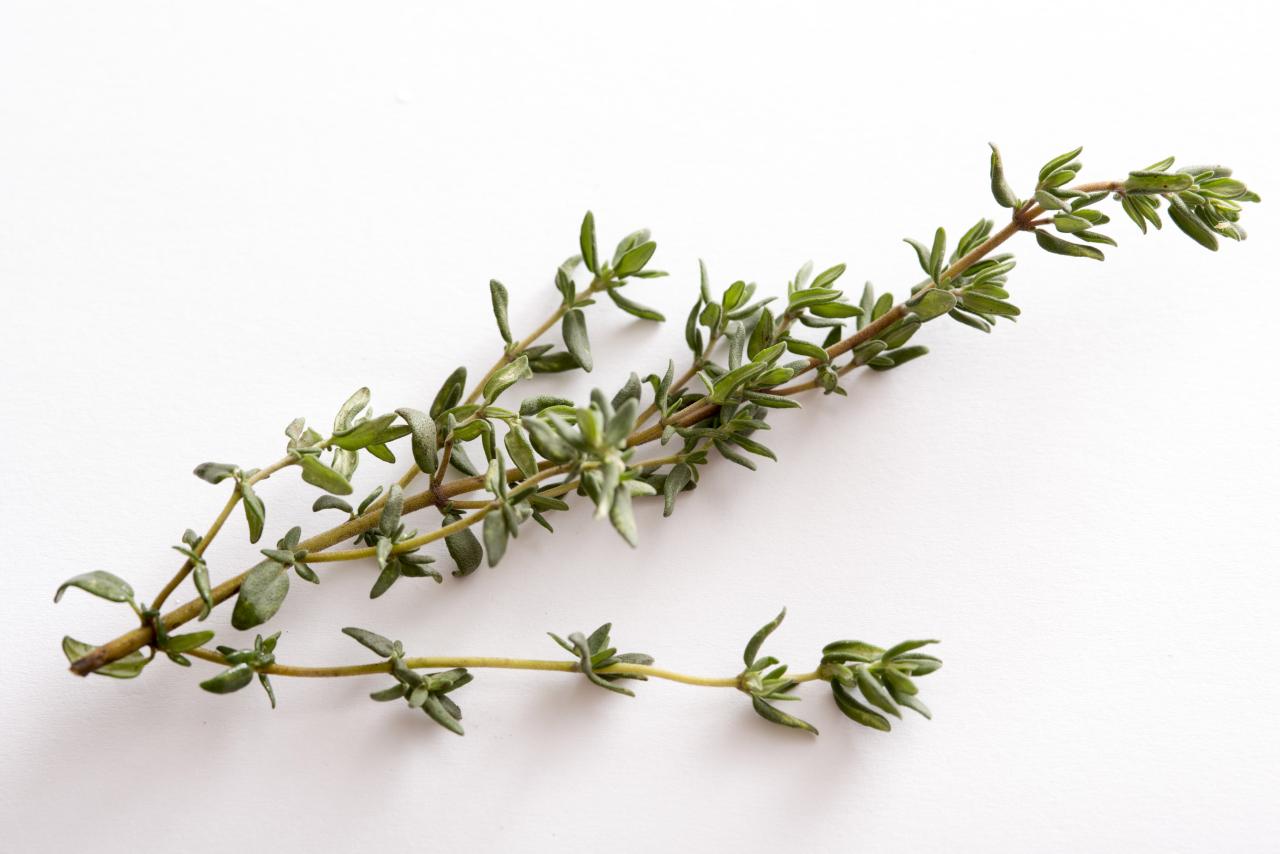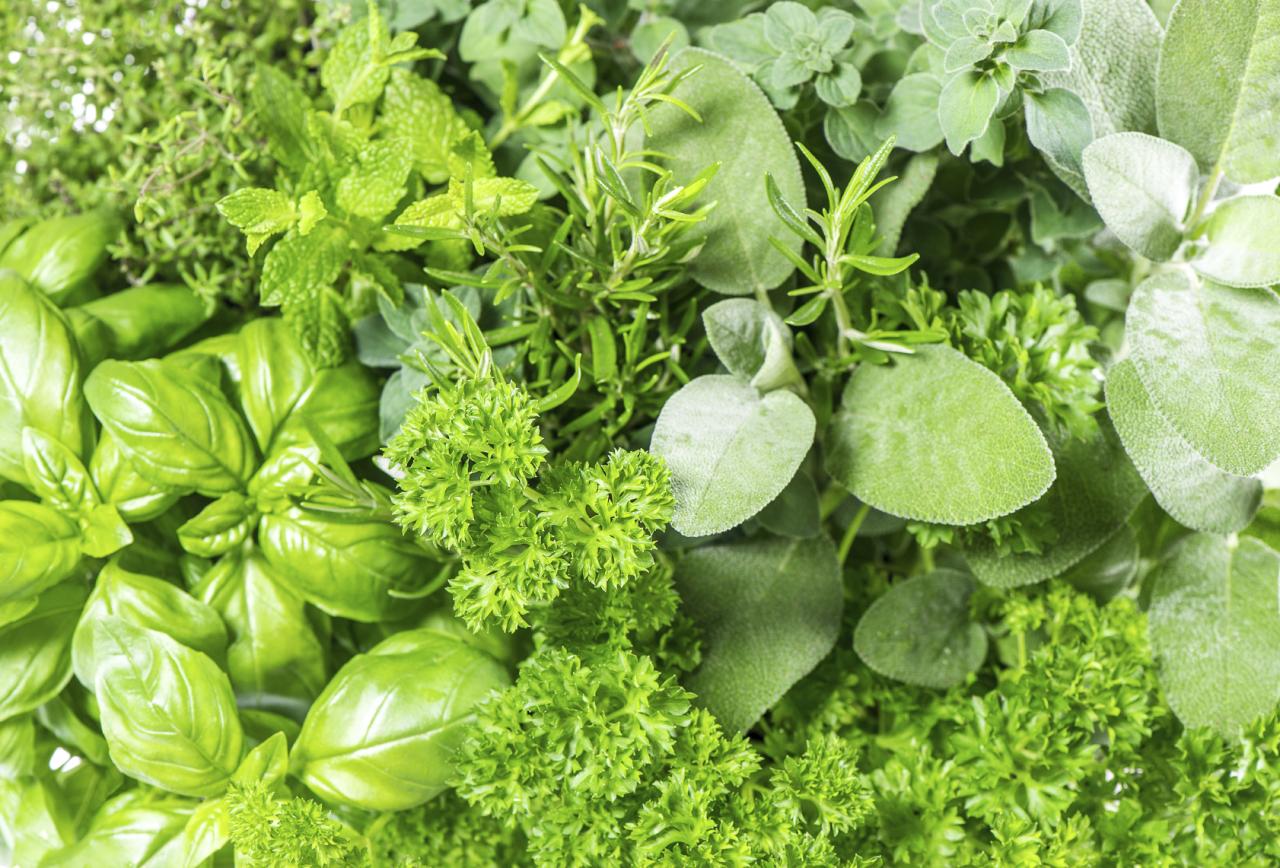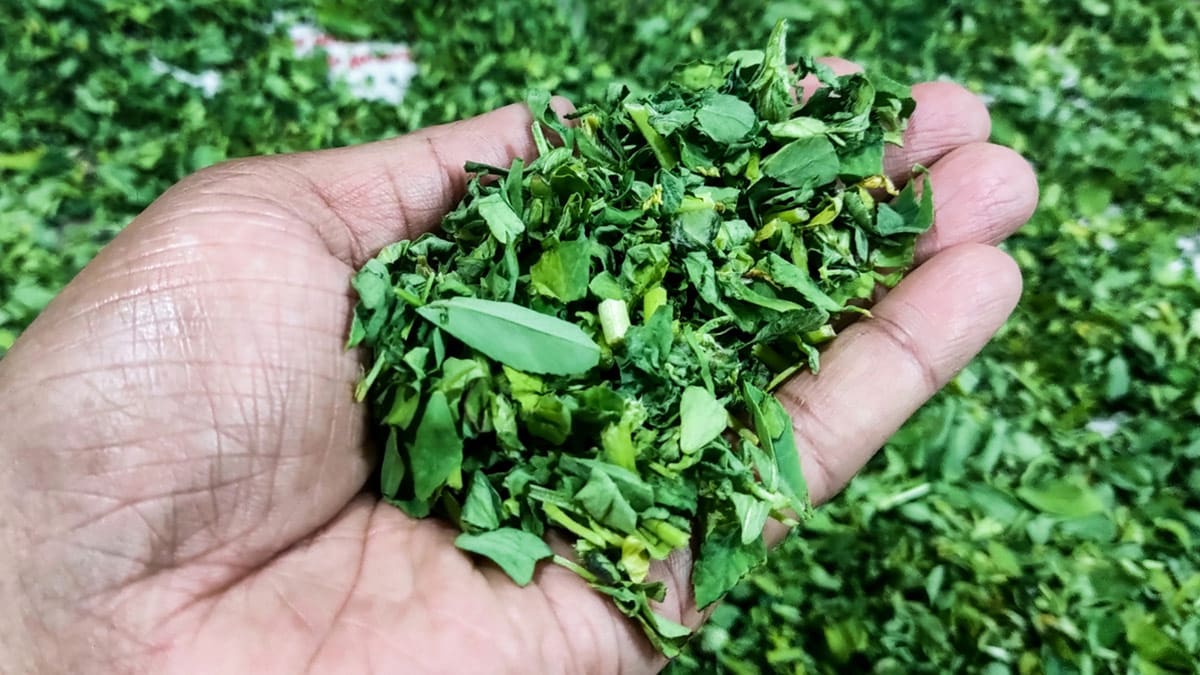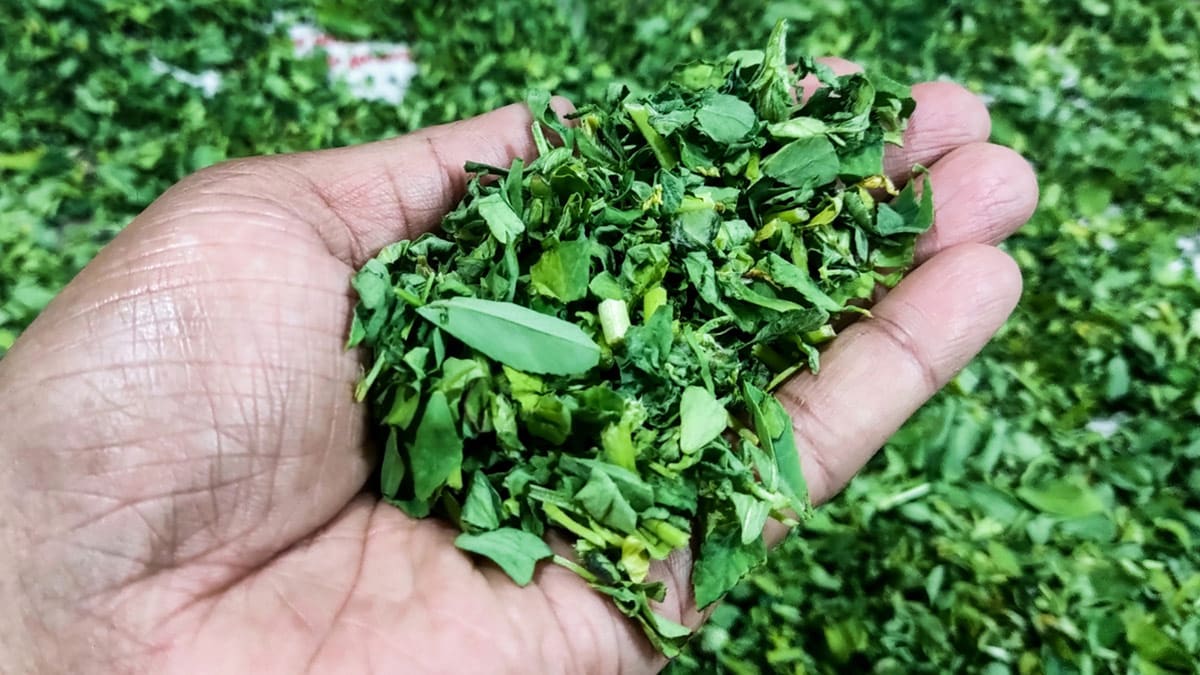Thyme Piece: The Flavorful Herb You Didn’t Know You Needed sets the stage for this enthralling narrative, offering readers a glimpse into a story that is rich in detail and brimming with originality from the outset. This unassuming herb, often relegated to a supporting role in the culinary world, boasts a rich history, diverse flavor profiles, and an impressive array of health benefits.
From its humble beginnings in ancient civilizations to its modern-day resurgence as a culinary star, thyme has captured the hearts and palates of food enthusiasts around the globe. This article will delve into the fascinating world of thyme, exploring its origins, culinary uses, health benefits, and even its surprising applications beyond the kitchen.
Beyond its culinary prowess, thyme offers a treasure trove of health benefits. Its potent antioxidant properties have been linked to improved heart health, reduced inflammation, and even enhanced cognitive function. Furthermore, thyme’s essential oil has found its way into aromatherapy, natural remedies, and even skincare products, solidifying its reputation as a versatile and valuable herb.
Thyme: A Culinary Gem
Thyme, a fragrant herb with a long history, has been a staple in cuisines around the world for centuries. Its versatility and unique flavor profile have made it a beloved ingredient for chefs and home cooks alike. From its origins in the Mediterranean region to its widespread use in modern gastronomy, thyme has a rich and fascinating story to tell.
History and Origins of Thyme
Thyme, scientifically known asThymus vulgaris*, is a member of the mint family. It is native to the Mediterranean region, particularly the countries surrounding the Mediterranean Sea, including Greece, Italy, and Spain. Evidence suggests that thyme has been used for its culinary and medicinal properties since ancient times.
In ancient Greece, thyme was associated with courage and strength, and it was often used in religious ceremonies. The Romans also valued thyme for its healing properties, using it to treat wounds and respiratory ailments.
Thyme Piece: The Flavorful Herb You Didn’t Know You Needed. This versatile herb, with its earthy and slightly lemony notes, adds a touch of magic to everything from roasted vegetables to hearty stews. Learn how to unlock its full potential and discover how it can elevate your cooking to the next level by reading How Thyme Piece Can Elevate Your Cooking to the Next Level.
Once you experience the magic of Thyme Piece, you’ll wonder how you ever lived without it.
Varieties of Thyme
There are numerous varieties of thyme, each with its own distinct flavor profile. Some of the most popular varieties include:
- Common Thyme:This is the most widely cultivated variety, characterized by its strong, earthy, and slightly lemony flavor.
- Lemon Thyme:As its name suggests, this variety has a distinct citrusy aroma and flavor, adding a refreshing twist to dishes.
- French Thyme:This variety is known for its milder flavor and subtle hints of camphor.
- Caraway Thyme:This variety has a unique flavor profile that combines the earthy notes of thyme with the aniseed-like taste of caraway.
Culinary Uses of Thyme
Thyme’s versatility in the kitchen makes it a valuable addition to a wide range of dishes. Here are some culinary uses of thyme across various cuisines:
- French Cuisine:Thyme is an essential ingredient in many classic French dishes, including -coq au vin*, -pot au feu*, and -ratatouille*. Its robust flavor complements the rich flavors of red wine and hearty meats.
- Italian Cuisine:Thyme is used in various Italian dishes, such as -pasta al pesto*, -pizza*, and -risotto*. Its earthy flavor adds depth and complexity to these dishes.
- Mediterranean Cuisine:Thyme is a staple in Mediterranean cuisine, used in dishes like -moussaka*, -lamb stew*, and -stuffed vegetables*. Its aromatic qualities enhance the flavors of fresh vegetables and meats.
- Other Cuisines:Thyme is also used in cuisines around the world, including Asian, African, and South American cuisines. It is often used to flavor soups, stews, sauces, and marinades.
Thyme’s Health Benefits
Beyond its culinary uses, thyme boasts an impressive array of health benefits. This aromatic herb has been traditionally used for its medicinal properties for centuries, and modern research is uncovering the scientific basis for these benefits.
Nutritional Value of Thyme
Thyme is a nutritional powerhouse, packed with vitamins, minerals, and antioxidants. A single tablespoon of dried thyme provides a significant amount of:
- Vitamin K: Crucial for blood clotting and bone health.
- Iron: Essential for red blood cell production and oxygen transport.
- Manganese: Plays a vital role in bone formation, metabolism, and antioxidant defense.
- Fiber: Promotes digestive health and helps regulate blood sugar levels.
Thyme also contains a range of other nutrients, including vitamin C, calcium, potassium, and magnesium.
Medicinal Properties and Traditional Uses
Thyme has been valued for its medicinal properties since ancient times. Its potent antibacterial, antifungal, and antiviral properties have been used to treat a variety of ailments.
- Respiratory Health: Thyme is known to soothe coughs, relieve congestion, and fight respiratory infections. Its active compounds, like thymol, have been shown to inhibit the growth of bacteria and viruses that cause respiratory problems.
- Digestive Health: Thyme aids digestion and can help relieve symptoms of indigestion, bloating, and gas. It also has anti-inflammatory properties that can soothe an irritated digestive tract.
- Immune Support: Thyme’s antioxidant properties boost the immune system, helping to fight off infections and inflammation.
“Thyme has been traditionally used to treat wounds, skin infections, and even toothaches.”
Modern research is further confirming the efficacy of thyme in various health applications. Studies have shown that thyme extracts can be effective in treating acne, reducing inflammation, and even inhibiting the growth of cancer cells.
Cultivating Thyme at Home: Thyme Piece: The Flavorful Herb You Didn’t Know You Needed

Thyme, a fragrant herb known for its culinary and medicinal uses, can be easily grown in your home garden. Whether you have a spacious backyard or a small balcony, thyme thrives in various conditions, making it a rewarding addition to your gardening endeavors.
Choosing the Right Thyme Variety
Selecting the appropriate thyme variety for your climate is crucial for successful cultivation. Thyme varieties differ in their growth habits, flavor profiles, and cold hardiness.
- For warmer climates:Varieties like French thyme ( Thymus vulgaris), lemon thyme ( Thymus citriodorus), and caraway thyme ( Thymus herba-barona) are well-suited for warmer regions. They prefer full sun and well-drained soil.
- For cooler climates:Varieties like creeping thyme ( Thymus serpyllum) and woolly thyme ( Thymus pseudolanuginosus) are more tolerant of colder temperatures and can thrive in partial shade.
Caring for Thyme Plants, Thyme Piece: The Flavorful Herb You Didn’t Know You Needed
Once you’ve selected the right thyme variety, providing proper care ensures healthy growth and a bountiful harvest.
- Watering:Thyme prefers well-drained soil and does not tolerate waterlogged conditions. Water deeply but infrequently, allowing the soil to dry slightly between waterings.
- Pruning:Regular pruning encourages bushier growth and prevents the plant from becoming leggy. Pinch off the tips of stems regularly to promote branching.
- Harvesting:Thyme can be harvested throughout the growing season. Cut stems just above a set of leaves to encourage new growth. Fresh thyme can be used immediately or dried for later use.
Thyme in the Kitchen
Thyme, with its earthy and slightly lemony aroma, is a versatile herb that elevates dishes from simple to sophisticated. Its flavor profile complements a wide range of culinary creations, making it a kitchen staple for both home cooks and professional chefs.
Thyme-Based Recipes
Thyme’s unique flavor profile lends itself to a variety of dishes, from appetizers to main courses and desserts.
- Appetizers:Thyme can be used to add a touch of freshness to dips, spreads, and cheese boards. For instance, a classic French herb dip combines cream cheese, sour cream, garlic, and fresh thyme.
- Main Courses:Thyme pairs well with poultry, fish, and meats. It can be used in marinades, rubs, and sauces to enhance the flavor of these dishes.
- Desserts:While less common, thyme can also be incorporated into desserts. It adds a unique twist to fruit tarts, crumbles, and even ice cream.
Methods for Using Thyme in Cooking
Thyme can be used in various cooking techniques, each bringing out different aspects of its flavor.
- Roasting:Roasting with thyme infuses the dish with a deep, savory flavor. Whole sprigs can be added to the roasting pan, or the leaves can be chopped and mixed with other herbs and spices.
- Grilling:Grilling with thyme adds a smoky and aromatic element to the dish. Thyme sprigs can be placed directly on the grill grates, or the leaves can be incorporated into marinades or rubs.
- Baking:Baking with thyme brings out its earthy and slightly sweet notes. It can be added to bread doughs, pastries, and even cakes for a unique flavor twist.
Incorporating Thyme into Sauces, Marinades, and Spice Blends
Thyme’s versatility extends to sauces, marinades, and spice blends.
- Sauces:Thyme can be added to sauces to enhance their flavor and complexity. It pairs well with tomato-based sauces, cream sauces, and pan sauces.
- Marinades:Thyme is a common ingredient in marinades for poultry, fish, and meats. It adds flavor and tenderness to the dish.
- Spice Blends:Thyme can be combined with other herbs and spices to create unique spice blends. Popular combinations include thyme, rosemary, and oregano, or thyme, garlic, and onion powder.
Tips for Using Thyme
- Fresh is Best:Fresh thyme provides the most intense flavor. However, dried thyme can be used as a substitute, but use a smaller amount.
- Don’t Overcook:Thyme’s flavor can become bitter if overcooked. Add it towards the end of cooking to preserve its delicate flavor.
- Experiment:Thyme can be used in a variety of dishes. Don’t be afraid to experiment and discover new flavor combinations.
Thyme’s Flavor Profile

Thyme’s flavor is a captivating blend of earthy, citrusy, and slightly minty notes, making it a versatile herb that can elevate a wide range of dishes. Its unique aroma and taste set it apart from other herbs, contributing to a distinct culinary experience.
Comparing Thyme’s Flavor to Other Herbs
Thyme’s flavor profile distinguishes it from other common herbs. Its earthy, slightly peppery notes are similar to rosemary, but thyme possesses a more subtle and less intense flavor. While oregano shares some earthy qualities with thyme, oregano’s flavor is bolder and more pungent.
Thyme’s citrusy undertones are reminiscent of lemon verbena, but thyme is less floral and more savory.
Key Flavor Notes of Thyme
Thyme’s flavor is characterized by a complex interplay of distinct notes:
- Earthy:This is the most prominent flavor note, providing a grounding and robust base. It evokes the aroma of soil and dried leaves, adding depth and complexity to dishes.
- Citrusy:Thyme exhibits a subtle citrusy note, reminiscent of lemon or grapefruit. This adds a bright and refreshing element to the flavor profile, balancing the earthy notes.
- Minty:A hint of mintiness adds a cool and refreshing quality to thyme’s flavor. This subtle note complements the other flavors, creating a harmonious and balanced taste.
Enhancing and Modifying Thyme’s Flavor
Cooking methods significantly impact thyme’s flavor development:
- Fresh Thyme:Fresh thyme offers a vibrant and herbaceous flavor, with a strong citrusy note. It is best used towards the end of cooking to retain its freshness.
- Dried Thyme:Dried thyme has a more concentrated and intense flavor than fresh thyme. Its earthy notes are more pronounced, and the citrusy element is less prominent. It is ideal for long cooking methods, as it can withstand high temperatures.
- Infused Oil:Infusing thyme in oil allows its flavors to develop over time. This method extracts the herb’s earthy and citrusy notes, creating a flavorful oil that can be used for various dishes.
Thyme Beyond the Kitchen
Thyme’s versatility extends far beyond the culinary realm, revealing its multifaceted nature as a valuable resource for aromatherapy, natural remedies, and even home décor. This fragrant herb possesses a rich history of medicinal and therapeutic applications, making it a sought-after ingredient in various wellness practices.
Thyme in Aromatherapy and Natural Remedies
Thyme has long been recognized for its potent aroma and therapeutic properties, making it a popular choice in aromatherapy. Its essential oil, extracted from the leaves and flowering tops, is known for its calming and uplifting effects.
- Stress and Anxiety Relief:Thyme essential oil’s invigorating aroma can help alleviate stress and anxiety. Inhaling its scent can promote relaxation and a sense of well-being.
- Respiratory Support:Thyme’s antibacterial and anti-inflammatory properties make it beneficial for respiratory ailments. It can be used to relieve congestion, soothe coughs, and ease bronchitis symptoms.
- Muscle and Joint Pain Relief:Thyme oil’s analgesic properties can help reduce muscle and joint pain. It can be diluted with a carrier oil and applied topically to affected areas.
Thyme Essential Oil for Skin and Hair Care
Thyme essential oil is a valuable asset in natural skincare and hair care routines. Its antimicrobial and antioxidant properties contribute to its benefits for various skin and hair concerns.
- Acne Treatment:Thyme oil’s antibacterial properties can help combat acne-causing bacteria, reducing breakouts and promoting clearer skin.
- Anti-Aging Benefits:Thyme oil’s antioxidant properties can help protect the skin from free radical damage, which contributes to premature aging. It can help reduce wrinkles and improve skin elasticity.
- Hair Growth Stimulation:Thyme oil can stimulate hair growth by improving blood circulation to the scalp. It can also help strengthen hair follicles and reduce hair loss.
Incorporating Thyme into Home Decor and Crafts
Thyme’s versatility extends beyond its culinary and therapeutic applications. Its fragrant leaves and visually appealing stems offer opportunities to enhance home décor and craft projects.
Thyme Piece: The Flavorful Herb You Didn’t Know You Needed, is a versatile culinary staple, adding depth and complexity to dishes from savory to sweet. But did you know that the world of herbs extends beyond the kitchen? The secret to cultivating your own vibrant garden, even indoors, lies in mastering the art of propagation.
Learn the secrets to propagating African violets like a pro with this comprehensive guide, The Secret to Propagating African Violets Like a Pro , and bring the beauty of nature into your home. Once you’ve mastered the art of propagation, you can apply those same skills to your Thyme Piece plants, ensuring a plentiful supply of this flavorful herb year-round.
- Potpourri:Dried thyme leaves can be incorporated into potpourri blends, adding a refreshing and invigorating scent to the home.
- Wreaths and Garlands:Thyme’s aromatic branches can be woven into wreaths and garlands, creating visually appealing and fragrant decorations for doors, windows, or tables.
- Herbal Infusions:Thyme’s fragrant leaves can be used to create herbal infusions for decorative purposes. Dried thyme can be placed in small sachets or tea bags and placed in drawers, closets, or linen cupboards to impart a pleasant scent.
Concluding Remarks

As you embark on your culinary journey with thyme, remember that this herb is more than just a flavor enhancer. It’s a testament to the power of nature, offering a delightful blend of taste, health benefits, and versatility. From traditional dishes to innovative creations, thyme continues to inspire culinary ingenuity and enrich our lives in countless ways.
So, embrace the thyme piece, and discover the flavorful herb you didn’t know you needed.
Question Bank
What is the best way to store fresh thyme?
Store fresh thyme in a plastic bag or airtight container in the refrigerator for up to a week. You can also freeze thyme by wrapping it in plastic wrap or aluminum foil and storing it in the freezer for up to 6 months.
Can I use dried thyme in place of fresh thyme?
Yes, but keep in mind that dried thyme is more concentrated than fresh thyme. Generally, use about 1/3 the amount of dried thyme as you would fresh thyme.
Is thyme safe for pregnant women?
While thyme is generally considered safe, it’s best to consult with your doctor before using it during pregnancy, especially in large quantities.
